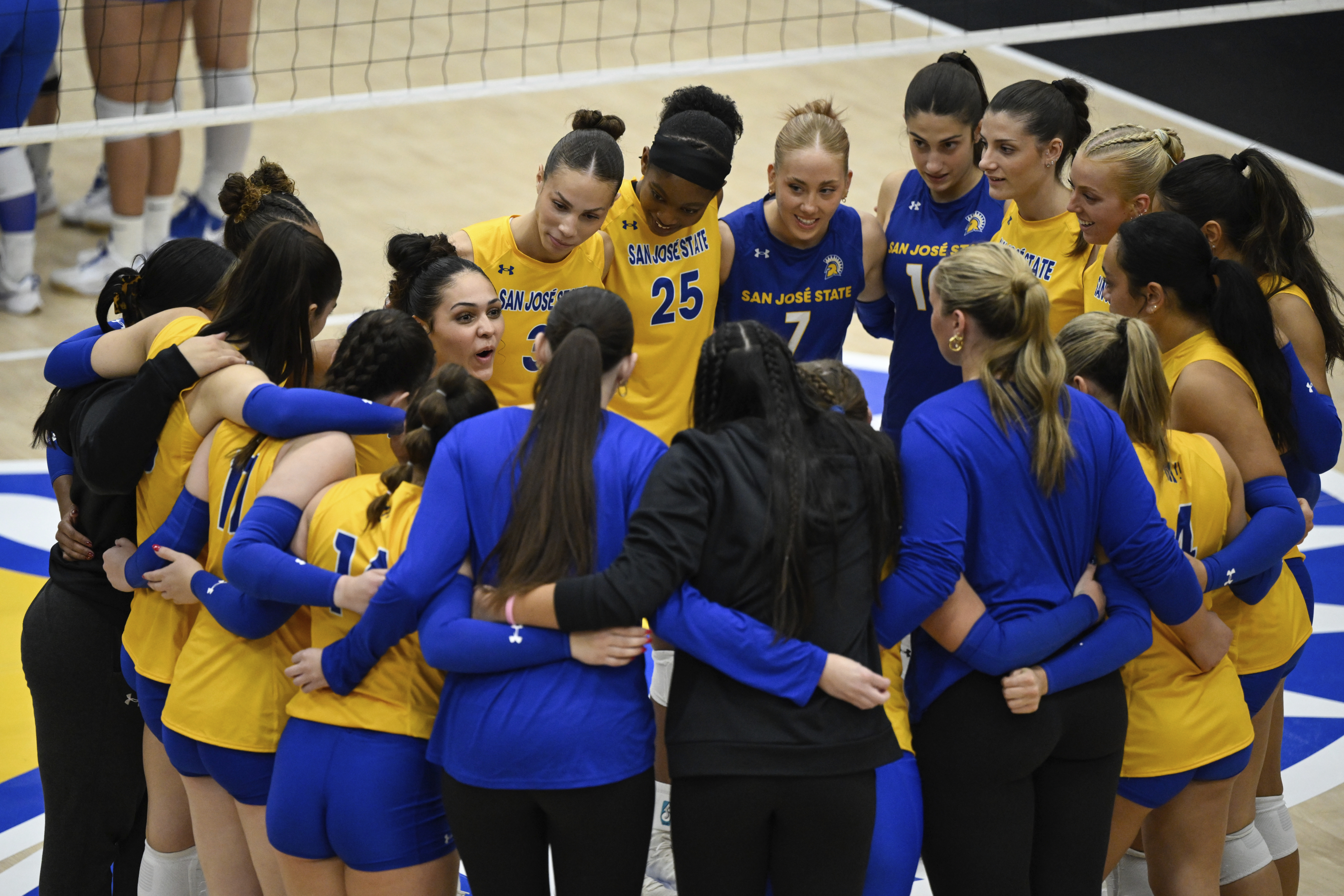BART has completed its earthquake retrofit of the Transbay Tube, the transit agency announced Monday as it celebrated 50 years since the first train traveled in the underwater tunnel linking Oakland and San Francisco.
BART said the tube can now withstand a once-in-a-thousand-year seismic event, but didn't specify what magnitude that would be.
The transit agency said the retrofit of the tube, which began in 2019, was completed within the past six months, but it made the announcement Monday to coincide with the 50th anniversary of the first crossing in the tube.
The retrofit includes new steel plates inside the tube for strengthening and an upgraded pumping system. BART said it’s possible the tube could crack during a large quake, causing minor flooding.
The tube survived the 1989 Loma Prieta earthquake, which was a magnitude 6.9. Trains began running within hours after that quake.
BART began retrofitting its tracks and stations back in 2004 at a total cost of $1.5 billion. The tube retrofit is included in that cost.
The steel tube is 3.6 miles long and laid down in sections. The sandy bottom of the Bay acts as a suspension in case of movement. The tube leaves Oakland, goes under the western span of the Bay Bridge and goes back up into San Francisco underneath the Ferry Building along the Embarcadero.
Local
BART said it is talking about building a second Transbay Tube some time down the line, but that would depend on demand and ridership. Ridership is still not back to what it was before the pandemic.
Get a weekly recap of the latest San Francisco Bay Area housing news. Sign up for NBC Bay Area’s Housing Deconstructed newsletter.



